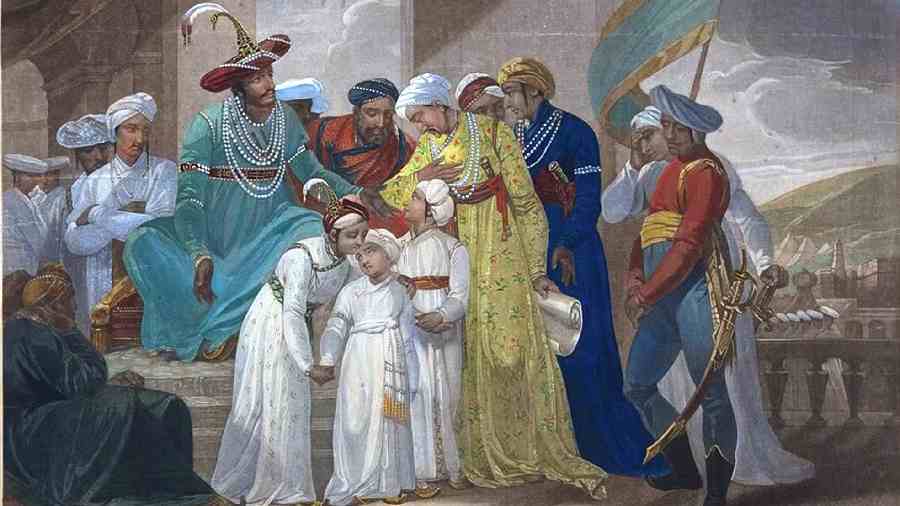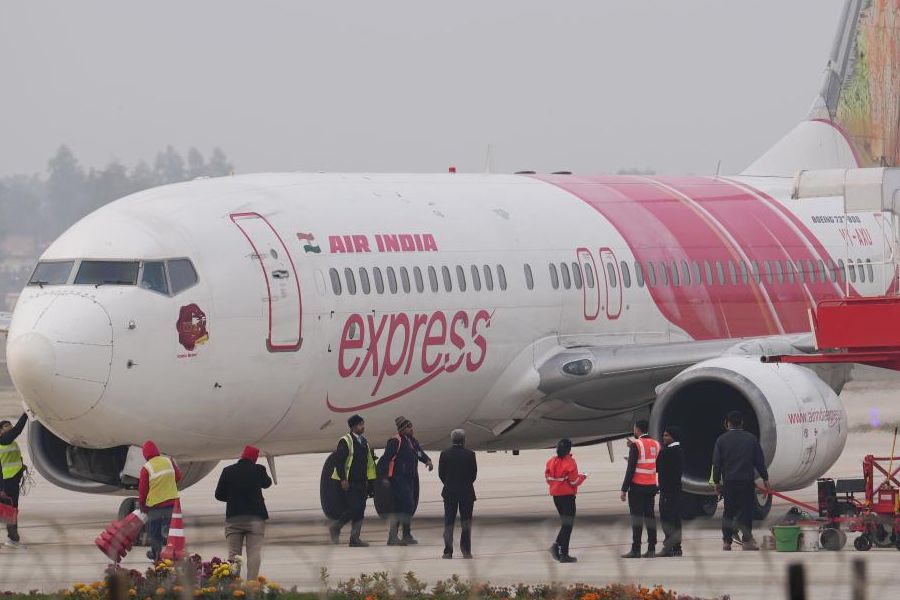I spent the last days of 2022 contemplating the spectacle of a small state menaced by a larger, aggressive enemy — a trope that has occupied our narrative space throughout the year that has passed. Heroic resistance in an unequal fight makes for a great, swashbuckling saga, like the one which has filled our television screens continuously during prime time. But I was actually not watching the Russia-Ukraine conflict unfold; I was looking at the ruins of Srirangapatna, the place of confrontation between an Indian kingdom and an expanding empire and the site of Tipu Sultan’s last stand in 1799.
Tipu Sultan is a controversial figure today, embodying our contemporary fault lines. In his own time, too, he was the subject of skewed narratives where the British sought to portray his defeat and death as the end of a bigoted, if brave, tyrant. A recent exhibition held by the Delhi Art Gallery on Tipu Sultan’s end highlighted the different narratives that followed from it. Tipu Sultan’s final defiance, defeat and death are all deeply embedded in our national and local histories as a tale of indigenous resistance to an expanding colonial power. So too, in his afterlife, are the debates about the nature of his rule and the weightage to be assigned to his religious fervour and even bigotry, or the lack of it. To his English contemporaries, however, Tipu was invariably cast on a wider canvas of the geopolitical rivalry between England and France. Since the French Revolution in 1789, this contest had acquired an added intensity and, to the English in India, the possibility of Tipu reaching an alliance with the French threatened their entire presence in peninsular India. His extermination thus became vital.
Apart from these anxieties, there were past ghosts to be exorcised. Tipu had been defeated in the Third Anglo-Mysore War in 1792 and the victory of Governor-General Cornwallis restored, in some accounts, the reputation that he had lost when he surrendered in 1781 to the American colonies then fighting their own war of independence. At the time of Tipu’s final confrontation and the plunder and extinction of his kingdom, Tipu was thus a much-reduced force. For instance, Jadunath Sarkar was to write that in 1799, the Tiger of Srirangapatna was one “whose claws had been cut and fangs extracted seven years before, a dazed and drooping chieftain with obscured vision and lost initiative”. It was possible that he did have other options and one — which other Indian rulers would increasingly resort to — was to agree to be progressively diminished militarily and become a subordinate player in an English-assembled architecture. But, in the words of a contemporary English official, Tipu also “cherished an inveteracy”. This, he explained without irony, was “a kind of infatuation about Indian chiefs, who have lost a part of their dominions, which tempts them to risk the rest in a contest which they know to be hopeless.”
For the English, Tipu, in this frame of mind, was a real danger given the French spectre — not only French arms but also French revolutionary principles. The English historian, Edward Thompson, writing in the 1930s about Tipu’s fall, placed the threat in a contemporary context: “Jacobin then meant what Bolshevik means now.” A capable ruler like Tipu, as an idea, was much more dangerous than a mere military threat.
The Russia-Ukraine conflict is also being portrayed as a fiery narrative of absolutism versus progress and democracy. The predominant Western narrative surrounding the Russian invasion of Ukraine is that of an erstwhile empire bent on asserting its writ over a former constituent part that desires to be free of it.
Underwriting it is a more general anxiety about the future of the West and its ‘liberal’ international order, fuelled in equal parts by Chinese assertiveness and American dysfunctionality. The latter is contextualised by the events of January 2021 when supporters of the defeated and incumbent president of the United States of America, Donald Trump, sought to reverse the electoral verdict through mob power. This attempted ‘coup’ of sorts made instability appear a distinct possibility, with all its attendant implications for the ‘West versus the Rest’ equation. This perception of dysfunctionality was bolstered by the chaotic ending of the US’s longest-ever military engagement. Many felt that its capitulation to the Taliban and retreat in disarray from Afghanistan appeared to showcase not just a weakness of will but also a lack of clarity of vision.
Ukraine, therefore, became the place where the wagons were to be circled and a stand taken — both militarily, in terms of support to the Ukrainian government and army, and also in narrative terms. Not doing so would be another ‘Munich 1938’, which had established the principle that expansionist, dictatorial states must never be appeased. Infringing this principle is courting a public opinion disaster in the West today. Therefore, of all the options available to all sides in the conflict today, diplomacy is the least in vogue.
That perhaps explains the position today as we witness an old-fashioned conflict with the most modern technologies but one where the narrative envelope is at least as significant as the tactical military operations on the ground.
The English victory in Srirangapatna was always more than a military feat, although it did mean the elimination of a formidable rival and opponent. The catalogue of the exhibition referred to earlier notes how Tipu had “an unrivalled career as a subject of British history painting” as public appetite for images showing his death or his young sons being taken away as hostages was “on a scale unrivalled by any other comparable figure”. If all this underwrites just how high the stakes were in the Anglo-Mysore Wars, it also helps illustrate how the high decibel polemics and frequent assertion of principles that accompany the conflict in Ukraine are as much a part of that war as the military moves and countermoves. This is not history repeating itself by any means, but the recurrence of a theme — as important in 2023 as it was in 1799 — that battles of narrative are as critical as actual combat.
T.C.A. Raghavan is a former High Commissioner to Pakistan and Singapore











